Vaccines help keep your dog healthy by protecting them from potentially deadly diseases. Having your dog vaccinated also helps protect other dogs and even humans in some cases.
This doesn’t mean that every vaccine is right for every dog on an annual basis. Here is a look at which vaccines are available for your dog and when they might need them.
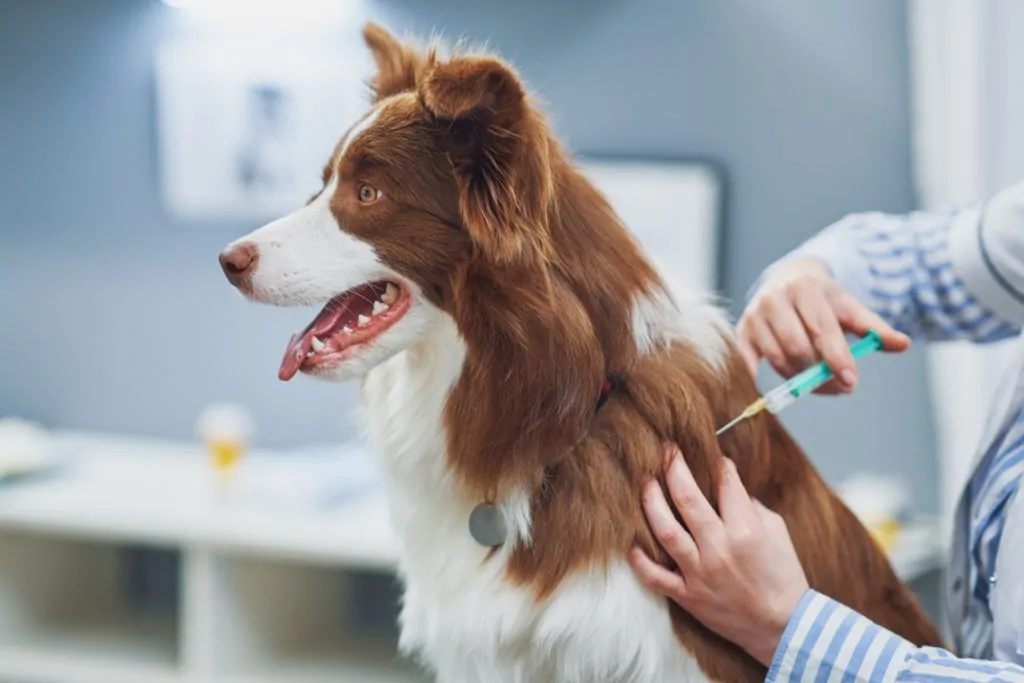
| Vaccine Type | Frequency |
| Rabies (Required, see your state website for specific laws) | Every 1 to 3 years after the initial vaccine |
| DHPP (vaccines for distemper, adenovirus, parainfluenza, and parvovirus) | Every 1 to 2 years |
| Bordetella (Kennel Cough) | Every 6 months to 1 year |
| Influenza, Coronavirus, Leptospirosis, Lyme disease | As needed based on lifestyle and location |
Depending on the type of vaccine your vet uses and the state laws where you live, your dog will need a rabies shot every one to three years. Additionally, they will need their DHPP every one to two years as well.
If you board your dog anywhere, have them groomed, or for any other reason have them around other dogs outside your household, you should have them vaccinated for Bordetella every six months to a year.
Rabies vaccines are required by law in all but two states. Ohio mandates rabies vaccines by county so they are still required, just not by state law. Hawaii has irradicated rabies from their islands. They require long quarantine periods before bringing pets into the state. If you are not a resident of Hawaii, it is likely that a rabies vaccine is required for your dog where you live.
DHPP is not legally required, but it is required for taking your dog into almost any public space that welcomes dogs. Most animal hospitals, kennels, and groomers also require a Bordetella vaccine.
Vaccines for diseases like Influenza, Coronavirus, Leptospirosis, and Lyme disease are not required but may be needed under certain circumstances. For example, Lyme disease is only prevalent in certain regions making the vaccine very important to some but not others.
There is no upper age limit on vaccinating dogs. Vaccines help protect dogs from harmful diseases and are needed throughout their lives. There is no evidence that vaccines are particularly risky or in any way decrease in benefit to senior dogs.
Your senior dog should be vaccinated on the same adult dog schedule they have been on unless otherwise directed by your local veterinarian.
You will need to keep your dog’s vaccines up to date from puppyhood throughout adulthood. Talk to your veterinarian about your dog and the lifestyle that your household leads. They will help you decide which vaccines are right for your dog. They will also help you decide how often your dog should receive vaccines.
If you have any questions or concerns about having your dog vaccinated ask your local veterinarian. They will help you chart the right path for your pet’s optimal health.
Arthritis is the leading cause of pain in older pets. No one wants their pet to hurt, so treating the condition is a top priority.

Your pet’s body works much as the human body does. As your pet ages, they face many of the same complications and degenerative diseases like osteoarthritis. This kind of arthritis causes deterioration of the joints which leads to pain in humans, cats, and dogs.
You may notice that your pet is having a problem with joint pain if you see them walking or moving gingerly, over-grooming a certain spot, or even showing outward signs like crying or whimpering. Your veterinarian can diagnose a problem like arthritis.
If you suspect that your four-legged friend has arthritis, you should schedule an appointment with your local veterinarian. It is a good idea to see your veterinarian anytime your pet behaves in an unusual way or a way you don’t understand. It could be a sign of an underlying medical issue.
If your cat or dog has arthritis, here are three ways that you can make a difference in how they feel every day.
What your pet eats plays a huge role in how they feel. You can talk to your veterinarian about adding supplements and making changes to your pet’s food. Herbal supplements, glucosamine, and fish oil have all shown positive results for pets.
Just like older people, sometimes older animals need help with pain management. Never give your pet medicine meant for a human. Talk to your veterinarian about how to help your pet manage pain.
Veterinarians can prescribe medicine that will help control pain. Many vet offices can even use alternative pain management therapies on your pet like laser therapy, massage, and even stem cell therapy.
It may sound kind of corny at first, but if you put a little bit of thought into it, you can make a lot of small changes to your pet’s lifestyle that will make a big difference in how they feel. You live with your pet and know them best, so you are likely to be the one who will notice what they need most on a daily basis.
For example, if you notice your dog is struggling with the stairs, you might consider building him a ramp. Adding an extra step to get up in bed can help a dog who is having a hard time climbing into the bed as they get older. Both dogs and cats with arthritis can really benefit from a heated bed to help relieve their aches and pains as they rest.
If your pet has arthritis they do not have to suffer from pain. Veterinarians can help you diagnose and treat what is bothering your pet. Schedule an appointment with your local veterinarian now if you suspect your pet needs help with arthritis.
It is essential to have a first aid kit for cats and dogs. Pets can have emergencies just like other members of the family. Having a first aid kit handy can really save the day!
If you don’t already have a first aid kit for your pet you can either purchase one or build one yourself. Purchasing a premade kit can cost anywhere from $15 to more than $100 depending on which one you choose and what is included in it.
To get the best pet first aid kit, building your own is often the right option. When you build your own kit you will have complete control over each item that goes into the kit and its quality. A first aid kit for cats and dogs will be similar to a first aid kit for humans, but there are some differences.
Here’s a look at what goes into a pet first aid kit and how to build a first aid kit for cats and dogs.
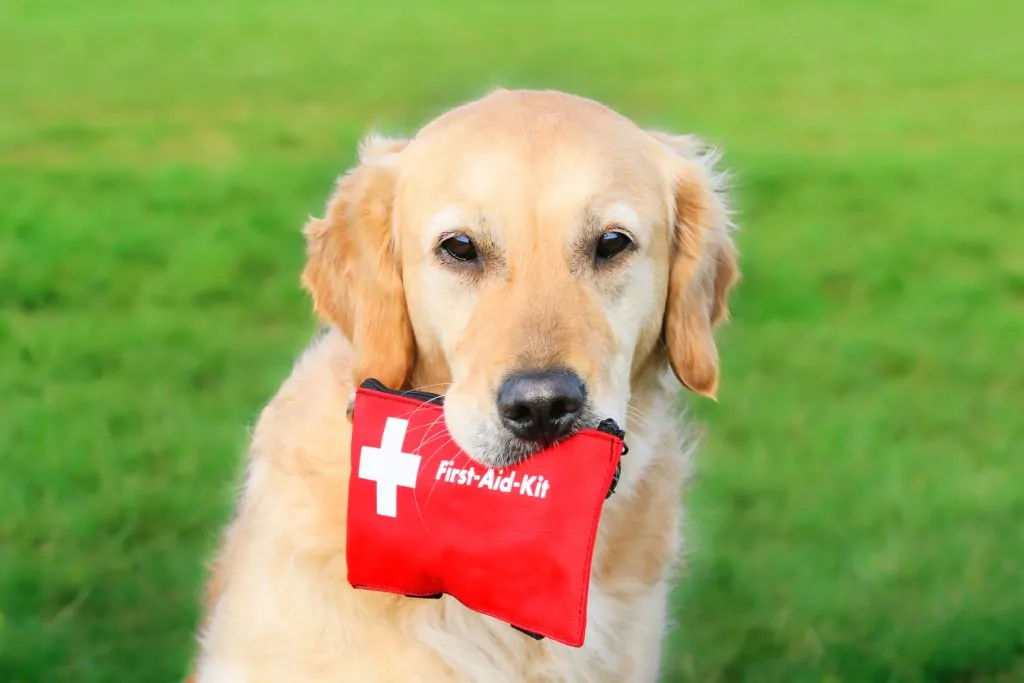
It is important to remember that an injured dog, even your best friend, can be volatile when in pain or scared. It is essential to have a soft muzzle to use in a dog first aid kit. This is necessary to have on hand even if your dog never needs a muzzle at any other time.
Additionally, you will want to stay away from any products that will stick to your dog’s fur, like self-adhesive gauze or bandages.
Here is a short list of things you will want to include when building a dog first aid kit:
To make the best first aid kit for cats, you will need to consider your own cat specifically. An injured cat may need to be restrained. Unlike a dog which only needs a muzzle, a cat's claws can become very dangerous. You will need a towel, small blanket, or thick pillowcase to help restrain the cat if necessary.
You may also want to consider an agent to stop bleeding in case your cat has an injury to its claw nail. This is especially true if you clip your cat’s nails at home.
Here is a short list of things you will want to include when building a dog first aid kit:
Since you are building this pet first aid kit, personalize it for your pet and specific situation. Consider building a larger kit if you have multiple pets. You may only include items for one type of animal, but if you have cats and dogs, you may want a kit that includes items for both.
Start by including items to restrain and comfort your pet like the soft muzzle, e-collar, and perhaps a soft absorbent cloth that can be used to dry them off or keep them warm.
Include wound care items like gauze, a roll of rubber strip to secure gauze, and a pet-safe wound wash. Tweezers and a magnifier might be needed to remove a thorn, stinger, or piece of glass.
You should include copies of your pet's vet records and any other official paperwork in the first aid kit. Use a water-tight container to keep any medicine your pet takes regularly that they might need in case of an emergency.
Being prepared for emergencies is part of keeping your family safe and pets are part of the family. If you need guidance about any of the items that should be included in your pet’s first aid kit seek guidance from your local veterinarian.
Puppy vaccines are one of the most important aspects of keeping your new friend safe and healthy as well as ensuring that they have a long life. There are so many things to keep straight when caring for a new puppy that which vaccines they need and when can become a bit confusing.
The following chart shows which vaccines your puppy will need as a general rule of thumb. However, it is important to remember that location, lifestyle, and your dog’s size and breed will all play a role in determining which vaccines they will need throughout their life. You will need to consult with your veterinarian to know exactly which vaccines your puppy will need and when to get them.
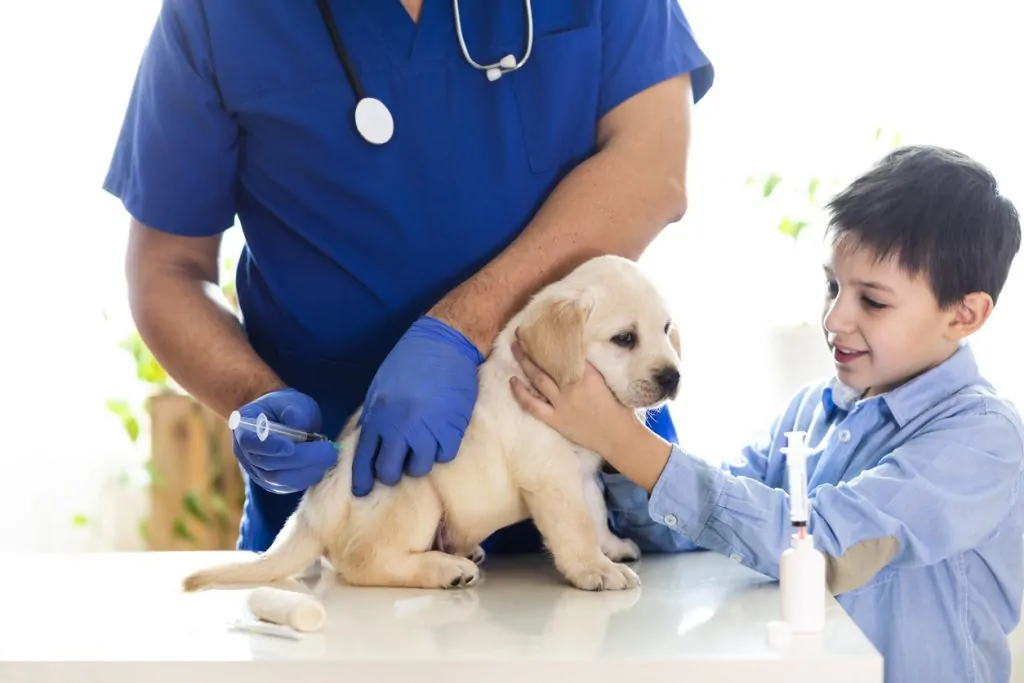
| Puppy’s Age | Recommended Vaccinations |
| 6 to 8 weeks | Distemper, parvovirus |
| 10 to 12 weeks | DHPP (vaccines for distemper, adenovirus [hepatitis], parainfluenza, and parvovirus) |
| 16 to 18 weeks | DHPP, rabies |
| 12 to 16 months | DHPP, rabies |
Distemper, parvovirus, DHPP, and rabies vaccines are recommended to keep your puppy healthy. There are additional vaccinations that you can ask for that are helpful but not absolutely necessary. As with all vaccinations, you will want to discuss the best option for your puppy with your local veterinarian.
| Puppy’s Age | Optional Vaccinations |
| 6 to 8 weeks | Bordetella |
| 10 to 12 weeks | Influenza, Leptospirosis, Bordetella, Lyme disease |
| 16 to 18 weeks | Influenza, Leptospirosis, Bordetella, Lyme disease |
| 12 to 16 months | Coronavirus, Leptospirosis, Bordetella, Lyme disease |
These are not vaccines that are required for every puppy. In many cases, they are a great idea and will protect your puppy from dangerous illnesses. Whether or not your puppy needs these specific vaccinations also depends on where you live and the type of lifestyle that you will lead with your dog. This is why it is so important to consult your veterinarian when deciding on the appropriate vaccination schedule for your puppy.
About a week after your puppy’s first round of shots it is okay to take them out in your own yard. That doesn’t mean they are ready to go play in the dog park and get social just yet, though.
After their second set of shots, you can take your puppy for walks on the sidewalk. They can also socialize with friendly dogs that you know are fully vaccinated.
After the third round of puppy shots, your puppy is ready to face the world and can go to a dog park. This is because they are now fully protected from the most likely puppyhood diseases.
If you have a new puppy, they are going to need to be properly vaccinated. That means getting the appropriate shots and boosters on the correct schedule. If you get off schedule by more than two weeks, your puppy’s immunity may suffer.
If you have a puppy that needs to be vaccinated, contact your local veterinarian right away to schedule an appointment.
As a pet owner, you want to do everything in your power to keep your furry friend safe and secure. One way to ensure that your pet can be quickly identified and returned to you if lost is by microchipping them. Microchipping is a safe, easy, and inexpensive way to give your pet permanent identification that can be used to track them back to you.
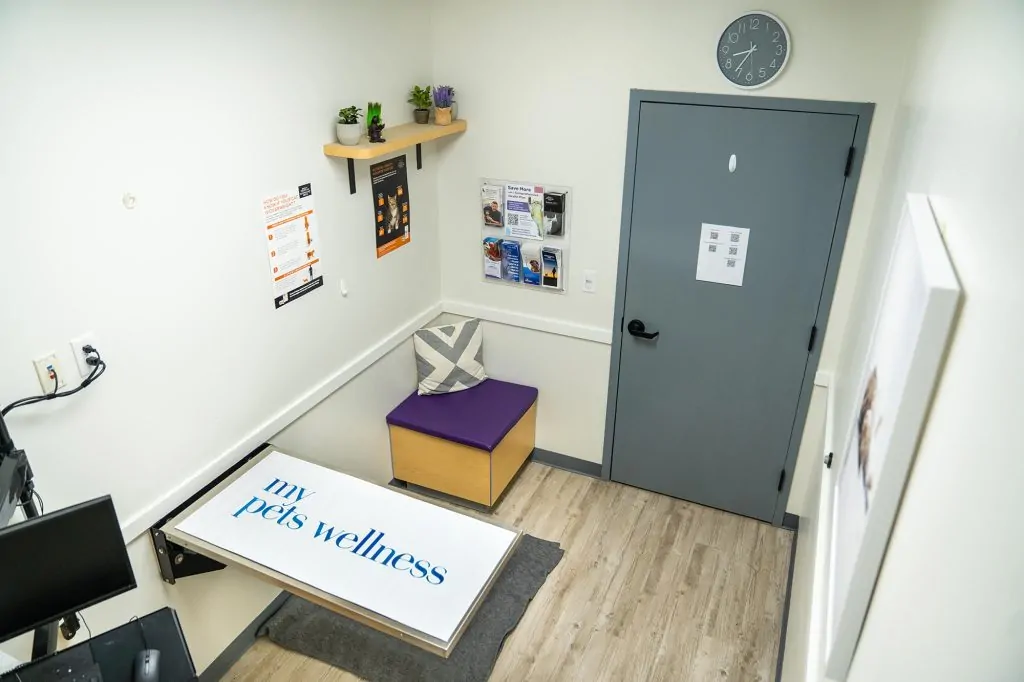
A microchip is a small, rice-sized device that is inserted under your pet's skin, usually between the shoulder blades. The microchip contains a unique identification number that can be read with a scanner. The microchip is registered with a database that holds your contact information, so if your pet is lost and found, they can be identified and quickly returned to you.
Pets are curious creatures and can easily wander off, especially if they are not kept in a secure area. Collars with identification tags are helpful, but they can fall off or be removed. Microchipping is a permanent way to identify your pet, even if they lose their collar.
Microchipping is also helpful for pets that are stolen. Unfortunately, pet theft is a growing problem, and pets that are not microchipped can be difficult to identify and retrieve. With a microchip, you increase the chances of being reunited with your furry friend if they are ever stolen. If you ever come across an animal with no owner present, please make sure to take it to a local vet or shelter where they can scan the animal for a microchip & successfully return the pet to its owner.
Another benefit of microchipping is that it can help settle ownership disputes. If your pet is lost and then found by someone else, the microchip can help prove that you are the rightful owner. This can be especially helpful in cases where pets have been lost for long periods of time, and their appearance may have changed.
Finally, microchipping is a requirement for some pet-related activities. For example, if you plan to travel with your pet overseas, some countries require a microchip as part of their import regulations. Microchipping is also necessary for some dog breeds to compete in shows.
The microchipping process is quick and painless. The device is inserted with a needle, and your pet may feel a small pinch, similar to getting a vaccine. Once the microchip is inserted, it is registered with a database, which includes your contact information.
It is essential to keep your contact information up to date in the database. If you move or change your phone number, make sure to update the database as soon as possible. This ensures that if your pet is lost, you can be easily contacted.
Microchipping is a simple way to provide your pet with permanent identification that can help them be quickly returned to you if lost. It is a safe and inexpensive procedure that can be done at your vet's office. With a microchip, you can rest easy knowing that you have taken an important step in keeping your furry friend safe and secure.
Veterinary lab screenings are a vital aspect of maintaining your pet's overall health and well-being. These screenings are necessary to catch any health issues before they become a more serious problem. Many pet owners are not aware of the importance of these screenings, which is why we've put together this article to explain why they are necessary.
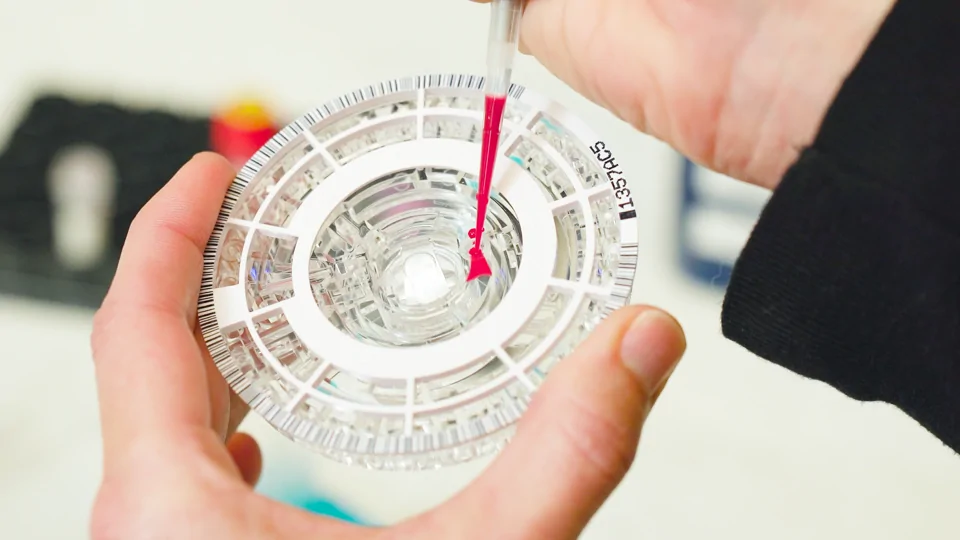
Lab screenings can detect diseases, infections, and other health issues that may be invisible to the naked eye. This is because many diseases and infections can take months or even years to manifest visible symptoms. By the time visible symptoms appear, the disease or infection may have already progressed to a more advanced stage. With lab screenings, veterinarians can detect these issues early, making it easier to treat and manage them.
Veterinary lab screenings assess your pet's overall health. They can help identify potential health risks, including cancer, diabetes, and kidney disease, which can be treated or managed more effectively if detected early. These screenings can also identify underlying issues that may not be visible during a regular physical exam. This information can help veterinarians provide more targeted and effective treatment, improving the quality of life for your pet.
If your pet has a chronic health condition, lab screenings can help monitor the progression of the condition. For example, if your pet has diabetes, regular blood tests can monitor your pet's blood sugar levels, helping to ensure that treatment is working effectively. This can help prevent complications from the condition, such as blindness or nerve damage.
Veterinary lab screenings can help prevent health issues from developing in the first place. For example, Urinary Tract Infections (UTI’S) which can be easily treated if caught early. These tests can also detect other diseases that are easily preventable with vaccines, such as parvovirus and distemper.
Perhaps the most significant benefit of veterinary lab screenings is peace of mind for pet owners. These screenings can help detect hidden health issues that may not be noticeable to the pet owner, giving them the confidence that they are doing everything possible to keep their pet healthy. Regular lab screenings can also provide a baseline of your pet's overall health, making it easier to detect changes in their health over time.
In conclusion, veterinary lab screenings are a critical part of maintaining your pet's health and wellbeing. They provide early detection of health issues, assess overall health, monitor chronic health issues, provide preventive care, and give pet owners peace of mind. We highly recommend scheduling regular veterinary lab screenings for your pet to ensure that they live a long and healthy life.
Potty training a puppy can be a daunting task. Never is there a more appropriate time to call yourself a pet parent. Potty training a puppy requires a lot of you as well as your puppy.
In order to successfully potty train a puppy you will have to establish a schedule for their eating and potty breaks. You must also be very consistent with the schedule and your own behavior. That can be much more easily said than done!
Let’s take a look at how to potty train a puppy and some tips and tricks that will help you along the way.

You can begin to potty train your puppy when it reaches three to four months of age. If by circumstance you must start later than this, the puppy may have already established bad habits that you have to address, and training them may take longer.
It usually takes about six months to potty train a puppy. However, some dogs may take as long as a year before they are fully potty trained.
The whole purpose of potty training is to get your puppy to use the bathroom outside. You will need to feed them on schedule and take them out on schedule to make this work.
Additionally, you will need to recognize the signs that the puppy needs to go to the bathroom so that you can take them outside. Common signs include barking, whining, and either scratching at the door or their cage or crate door.
You can use a crate to help potty train your puppy, but this doesn’t work for everyone or every puppy. Some people don’t like the idea of crate training and that is okay, too.
If you want to use a crate to help train your puppy, here are some important things to consider:
It would be nice if puppies taught themselves to go outside, but they just don’t. However, there are some hints and tips that may help.
As is true of so many things when raising a puppy, you must have patience. It is not unusual for a dog to have accidents for the first year of its life and even after that when its routine is disturbed or there is other upset.
If potty training just isn’t working or if you have a dramatic setback you should consult a veterinarian.
We all know that old adage about a dog being man’s best friend. Of course, that is more or less true but it goes beyond that. Dogs are best friends and part of the family. Like any other family member, we want to spend time with our pups and would like to be able to take them to the places that we frequent.
If you are looking for a great place to take your dog, whether it is for a special experience or just because you don’t want to have to leave your fur baby at home feeling left out, we have compiled a list of the best dog friendly patios and restaurants in Knoxville, TN.

There are literally dozens of places in and around Knoxville that allow you to bring your dog with you to their establishment. They range from places that actually allow you to bring your dog inside to places with patios where you and your furry friend can relax comfortably and enjoy a great meal or drink.
Keep in mind that Tennessee is one of the most dog friendly states in the union, so this is not an exhaustive list. In a lot of cases, you may want to inquire about bringing your dog to places you already frequent- you might be surprised to find out that they will gladly welcome your dog.
If you do decide to take your dog out on the town with you, here are a few tips that you should remember:
Once you are sure that your pet can have a comfortable experience, here are some of the places you can take them for a fun time out:
It is fun for you and your dog to have your own play date or night out. As long as you are making sure your dog is safe and welcome, taking them out with you can be a great experience for you both.
Do remember, it is part of staying safe to make sure your dog is healthy and vaccinated. If you have any concerns about your dog’s health, what it is safe to feed them, or getting updated vaccines, contact your local veterinarian.
When you spay or neuter your pet, you are doing your part to reduce the overpopulation of cats and dogs in your neighborhood, with added benefits such as reduced incidence of some pet diseases, improved pet behaviors, and a longer, happier life for your pet.
You can determine the best age to spay or neuter your pet by consulting with your veterinarian, who will take your pet's species, breed, size, and lifestyle into consideration before making a recommendation.
Your pet will be placed under anesthesia, the spay/neuter procedure will be performed, and the incision will be closed with stitches, except in male cats who heal without stitches.
Your pet will be groggy post-surgery and should be confined and observed with water and half portions for a day or two. Their wound should be kept dry and your pet's activity should be restricted for 10 to 14 days post-surgery.
The primary goal of spay and neuter surgery is to reduce the overpopulation of domesticated animals. Unaltered felines can give birth to over 100 kittens in their lifetime, while female dogs can have around 70 puppies in theirs. This puts a tremendous strain on neighborhood shelters and results in large numbers of unwanted pets that have to be euthanized.
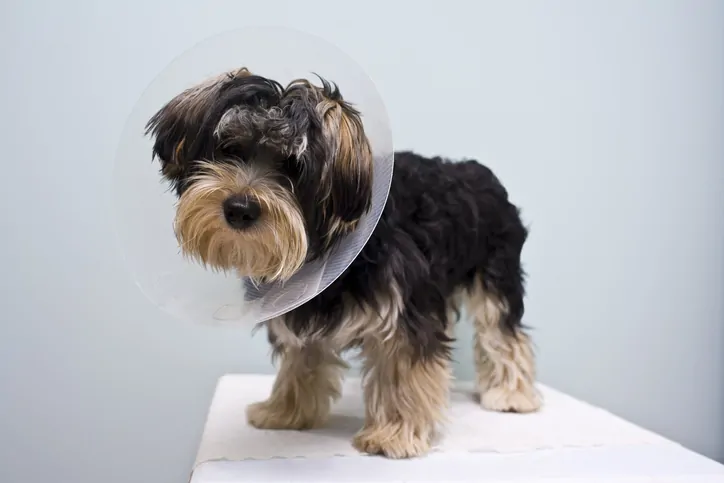
Beyond the impact that spaying and neutering have on overpopulation, spaying female pets and neutering male pets benefit their health and quality of life as well as resolve some behavior issues. Specific benefits include:
The cost of spay and neuter surgery may include vaccinations if your pet is not up-to-date, and costs vary based on your location. However, those costs are trivial compared to the cost of medical care for many litters and the price tag for treating the serious health conditions that altering your pet prevents. Some communities even offer discount spay and neuter programs to reduce the number of stray pets in their neighborhoods.
Concern about spay and neuter procedures revolves around the health risks posed by sterilizing your pet too early. Research has shown a correlation between early sterilization and a higher likelihood of some cancers, joint problems, and urinary incontinence in cats and dogs.
Early or pediatric sterilization occurs between 6 to 8 weeks of age in most breeds of cats and dogs. Standard spay and neuter procedures are performed at 5 to 9 months old. Some pet owners opt to wait until their pet goes into first heat at between 5 to 12 months of age. However, most cats are not mature until 18 months old and large breed dogs usually don't reach full maturity until 12 to 18 months old.
If you're confused about the right age to have your pet spayed or neutered, your veterinarian can provide specific recommendations based on your pet's species, size, breed, and lifestyle that also take into account your individual concerns. There are products that basically function as a chastity belt for your female pet when they are outdoors and protect them from unwanted pregnancy until you decide the time is right to have them sterilized.
Spay and neuter procedures are very safe and simple surgeries. A shot of sedatives and painkillers is administered to your pet before general anesthesia. Dogs are intubated with a breathing tube in their throat during surgery. Whereas, cats are fitted with an oxygen mask because their sterilization procedures are performed very quickly. While your pet is sedated, a machine will monitor their heart rate and oxygen level. Female dogs and cats are kept warm with a heating pad during surgery.
In spay surgery, an incision is made into the abdomen of your female pet immediately below the belly button. Through this incision, the whole reproductive tract, including the uterus and both ovaries, is removed. The incision is then closed with two layers of stitches placed beneath your pet's skin, which will eventually fall out or be absorbed by the body. Skin staples, skin glue, or stitches are some of the methods used to close your pet's skin. Spay surgery takes 15 to 20 minutes for cats and 20 to 90 minutes for dogs.
Male dogs are neutered through an incision that is made in their skin at the base of the penis close to the scrotum. This incision is used to remove both testicles. Stitches are then placed under the skin to close the wound; these stitches will eventually fall out and be absorbed by the body. Skin staples, skin glue, or stitches are also used to close the skin after your pet is neutered. Neuter surgery in dogs takes anywhere from 5 to 20 minutes.
For male cats, the testicles are removed through an incision made in the scrotum skin. The incision is not sealed with stitches, however, it will eventually close by itself. Male cats can be neutered in as little as 2 minutes.
Spay surgery is more invasive than neutering and has a longer recovery time. That being said, aftercare instructions for both spay and neuter procedures are pretty much the same. Some things you can do to help your pet recover include:
If you have any concerns about your pet's recovery, reach out to your veterinarian for further advice.
Giardia is a microscopic parasite present in tainted food, drink, and surfaces which causes gastrointestinal conditions.
The giardia strains that affect dogs and cats are not typically the same strains that affect humans, therefore, the chances of catching giardia from your pet are slim.
Giardia is most commonly transmitted through contaminated water, soil, and feces.
Giardiasis causes gastrointestinal symptoms that include gas, bloating, diarrhea, nausea, and vomiting.
Giardiasis can be treated with several prescription medications, and, in extreme cases, two medications may be combined for more effective treatment.
Giardia is a microscopic parasite that is present in tainted food, drink and soil, as well as on surfaces contaminated with infected human or animal feces. It causes giardiasis, a diarrheal disease characterized by common gastrointestinal symptoms. Pet feces can carry giardia bacteria even when the animals appear healthy. Giardia bacteria are also common in domestic animals such as cows and goats.
The giardia strains that affect dogs and cats are not the same strains that affect humans, so, the chances of catching giardia from your pet are slim. Even so, giardia is contagious as it can pass from person to person with ease. However, if you have exotic animals, ask your veterinarian if your pet is susceptible to zoonotic giardia. Zoonotic giardia is any strain of giardia that can spread between humans and animals and is prevalent in chinchillas, beavers, opossums, monkeys, and birds as well as goats, cows, and other domesticated animals.
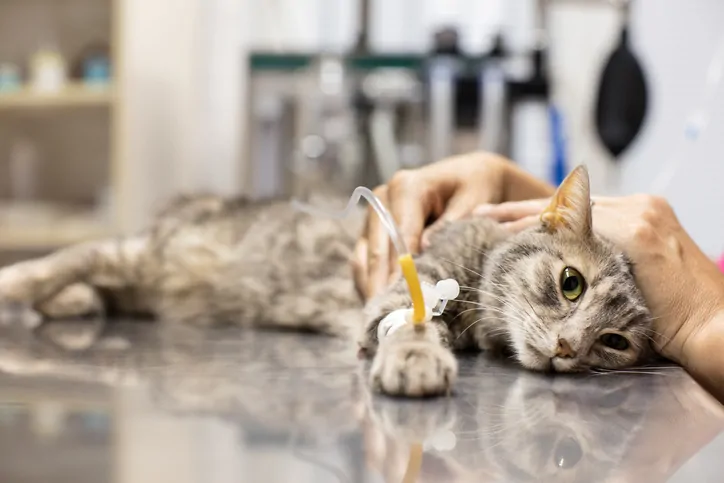
Giardia infections can cause a range of gastrointestinal symptoms in humans, pets, and other animals, but it is possible to exhibit no signs of illness. Common giardia symptoms include:
Untreated giardiasis can evolve into a chronic gastrointestinal illness or result in dehydration, malnutrition, poor overall health, and even death.
According to a 2006 study by the College of Veterinary Medicine and Cornell University (and other collaborators), the average prevalence of giardia infection in pets nationwide was 15.85% for dogs and 10.37% in cats. Cats and dogs in the Northeastern U.S. had the highest prevalence rates while cats and dogs in the Southeast had the lowest. The study represented populations that were owned and well-cared for. Sheltered and feral populations are assumed to have higher prevalence rates, and puppies and kittens are more susceptible to complications from giardiasis than adult dogs and cats. Giardia is transmitted to cats and dogs in several ways including:
Giardia is present worldwide and has been included in the WHO's Neglected Disease Initiative. Human giardiasis infection is most prevalent in under-developed countries with poor water treatment and sanitary conditions at rates as high as 20-40% of the population with the highest incidence among children under 5 years of age. In developed countries, giardiasis rates range between 2% and 7%. Humans may also contract giardia from contaminated water sources as well as from poor hygiene while handling food, changing infected baby diapers, and close personal contact including high-risk sexual activity.
Giardiasis is diagnosed by a fecal test, whether the patient is a pet, domesticated animal, or human. The volume of giardia being passed in the stool changes from day to day and may be too low to identify from any one sample, necessitating the testing of many stool samples. Consequently, a doctor treating a human patient with uncertain infection status may order the enzyme-linked immunosorbent assay, or ELISA test, which is a more accurate test. Less frequently, doctors will use an endoscope to examine the small intestine's lining and take samples from the gut to be tested in a lab. When a definitive cause of diarrhea hasn't been identified, this is done in more severe situations.
There are no approved over-the-counter treatments or home remedies available for giardiasis. Fenbendazole and metronidazole are the two medications that are most used for giardia in dogs, cats, and other animals. To treat severe giardiasis, these medications are often used for three to ten days and, if necessary, the two medications may be administered together. There are several medications that can be used to treat giardia infections in humans including metronidazole, tinidazole, and nitazoxanide.
Providing your pet with safe, clean drinking water is the strongest defense against giardia infection. It's crucial to prevent dogs from drinking water that has been contaminated by the feces of other animals.
Giardia can spread through surfaces and direct touch, so it's important to keep the spaces under your control generally clean and hygienic. This entails cleaning up your pet's excrement and cleaning up any toys, pet beds, your hands, and other surfaces that they come into touch with. High pet traffic areas, such as parks or daycare facilities, may increase your pet's risk of contracting the parasite.
Try to keep an eye out for activities that could raise their chance of being sick, including drinking from puddles or sniffing other animals' feces. If your dog leaves feces on the ground, pick it up and dispose of it right away to stop the spread of giardia. Use gloves, a sack over your hand, or a scooping device to protect yourself from coming into contact with feces.
Phone: (855) 461-8259
Email: [email protected]